Storage room at Le Havre Conservation Center. © Alan Aubry
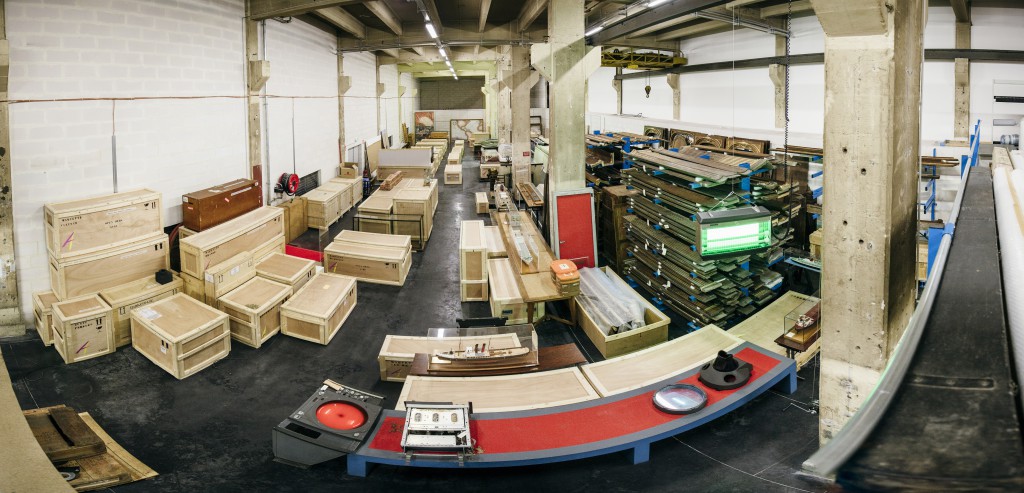
The majority of the conservation work is carried out behind the scenes at the storage rooms in the Le Havre conservation center. This constant, inconspicuous activity contributes to developing the knowledge regarding the collections, while preserving the unique heritage for future generations.
Collections and Exhibitions Management
Management departments emerged in French institutions during the 1970s and grew throughout the 1980s. They particularly addressed the increased movement of works and the emergence of the concept of preventive conservation.
The objectives of the management department at French Lines are extremely varied as they involve both the collections and the exhibitions. The registrar mainly oversees the proper conservation and safety of collections, by supervising the packaging and dusting of objects that they are in charge of on a daily basis. Management equally plays a role in the maintenance and upkeep of storage rooms in order to ensure that works are kept in an environment that complies with preventive conservation principles.
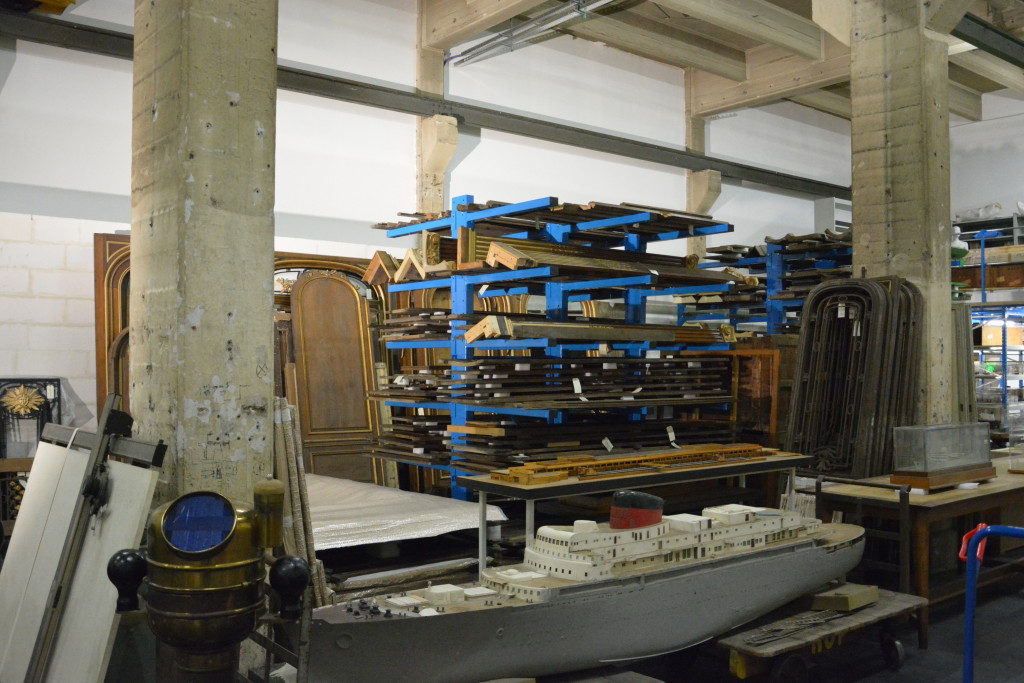
Storage room at Le Havre Conservation Center
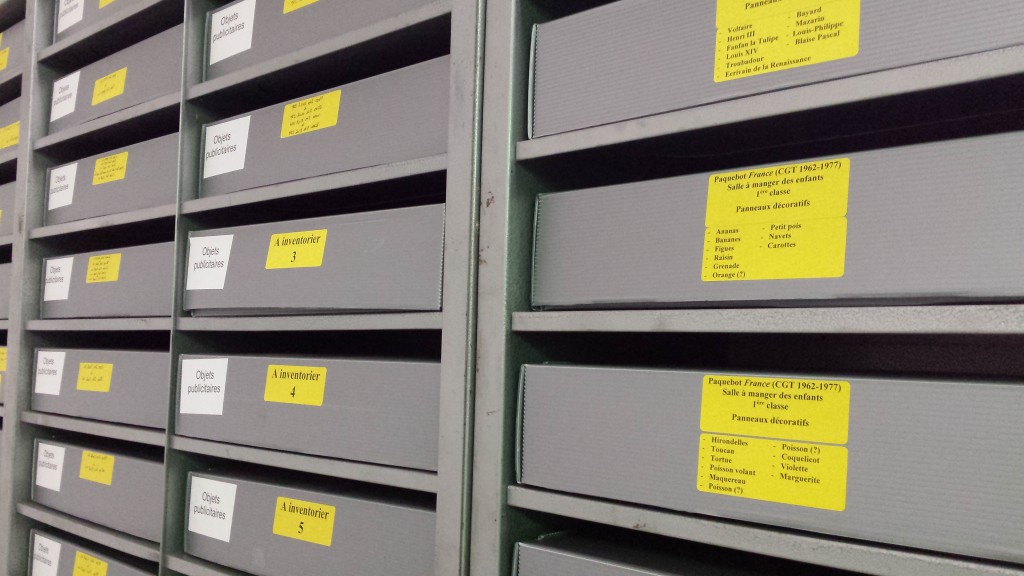
Packaging for Collections
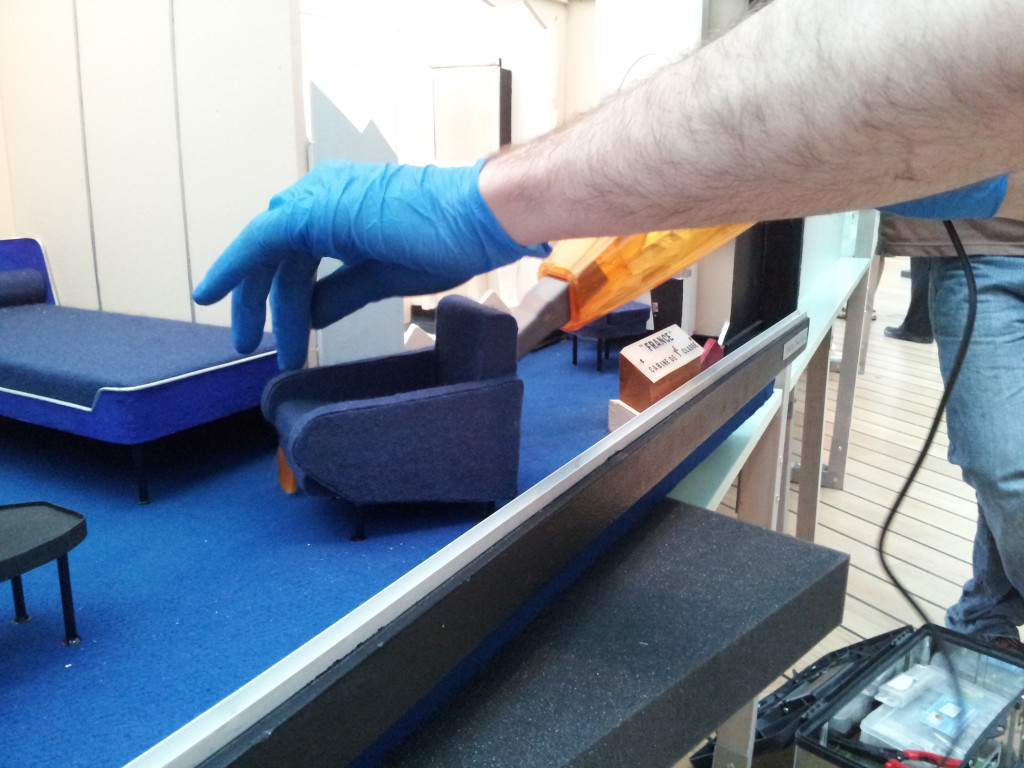
Dusting Models
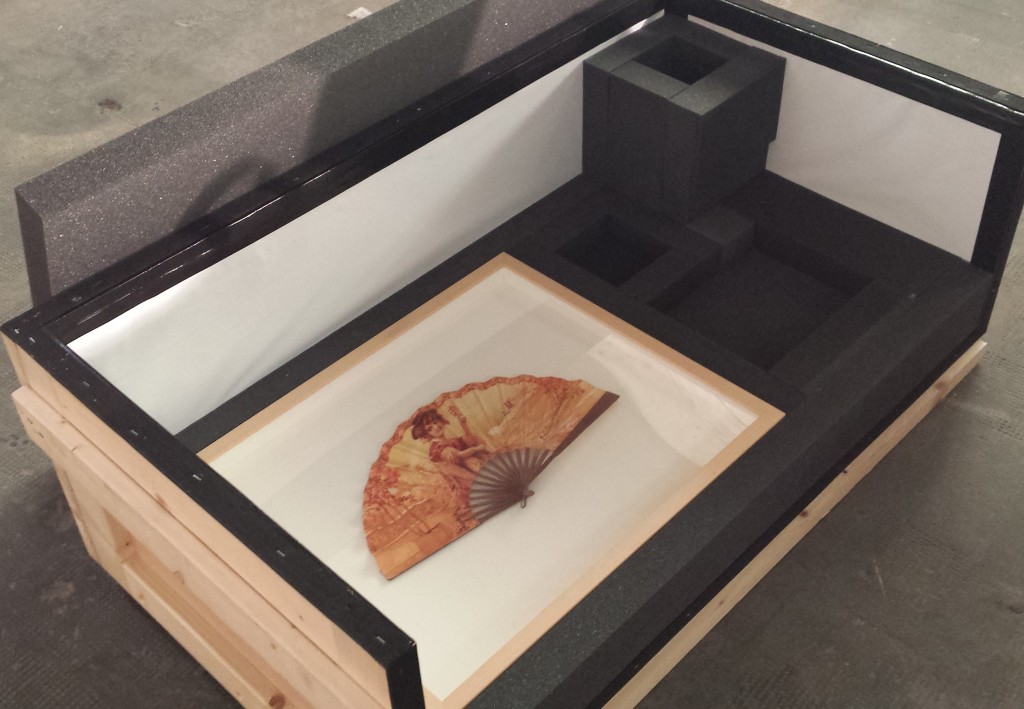
Preparing to Transport an Exhibition
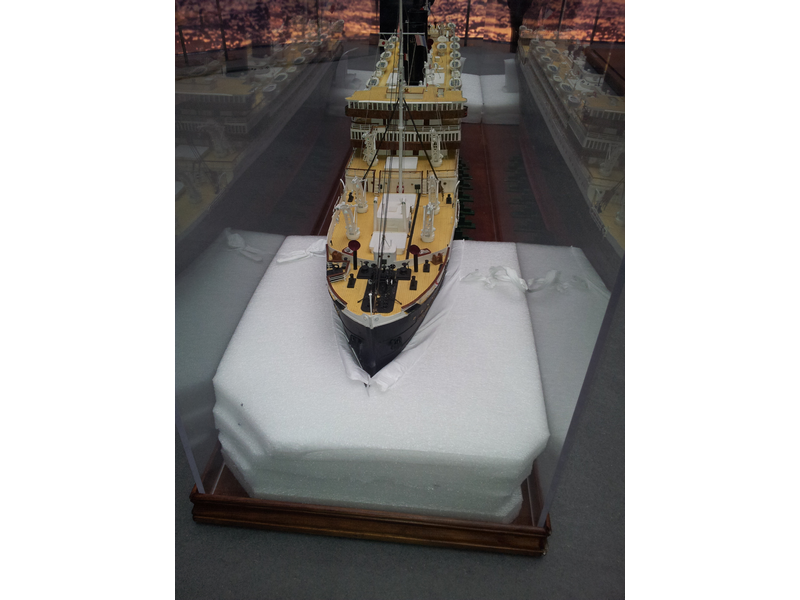
Wedging a Model
for Transportation
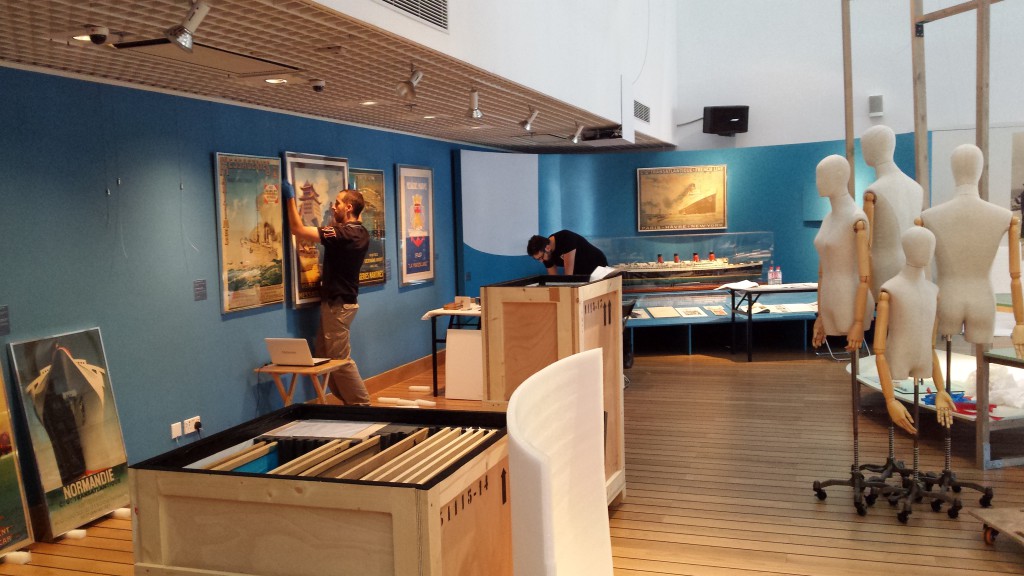
Dismantling the
“Palaces on the Seas” Exhibition
(Hong Kong–2014)
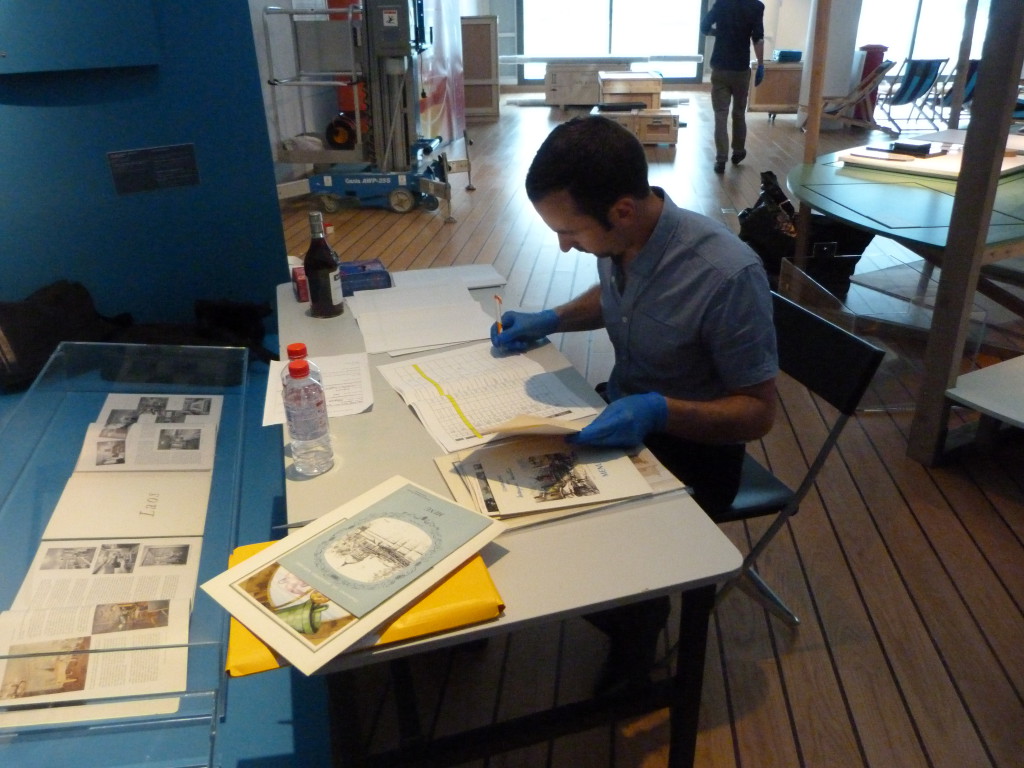
Conducting a Condition Report
during an Exhibition Set-up
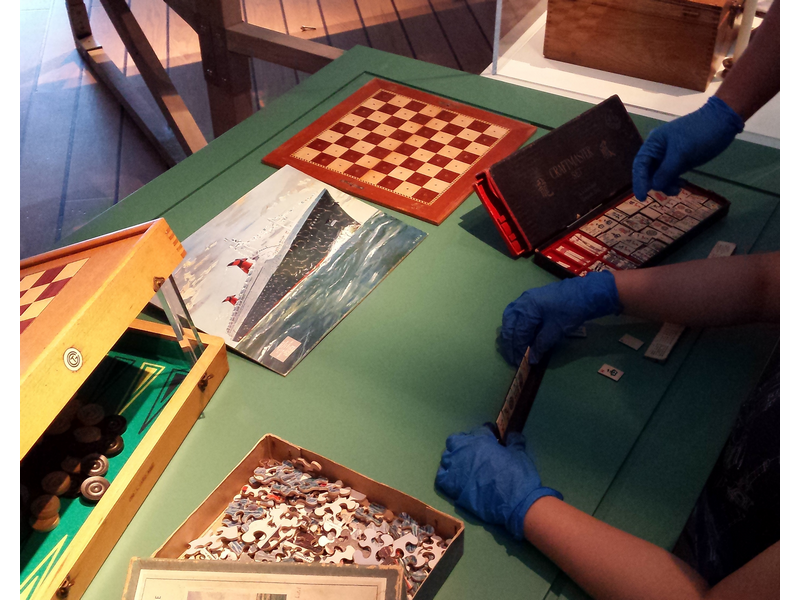
Setting Up the
“Palaces on the Seas” Exhibition
(Hong Kong–2014)
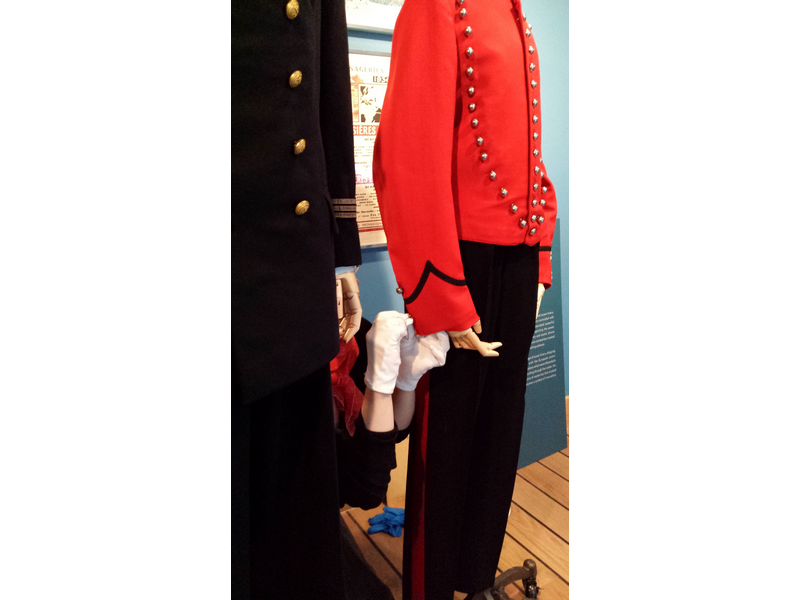
Laying Out a Costume during
an Exhibition Set-up
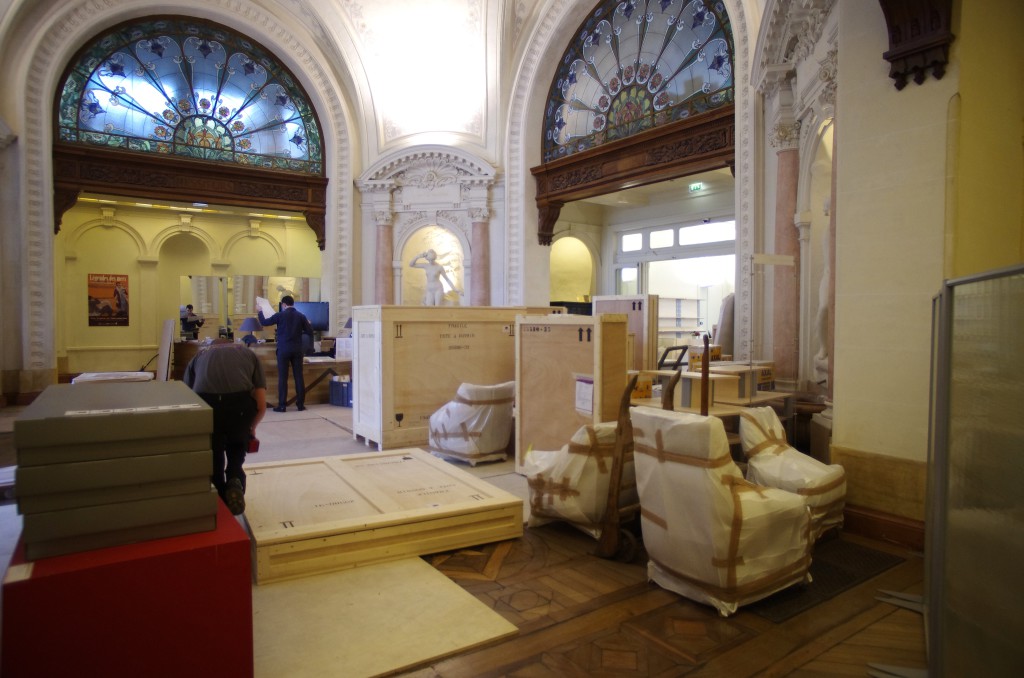
Setting Up the
“Legends of the Seas” Exhibition
(Evian–2013)
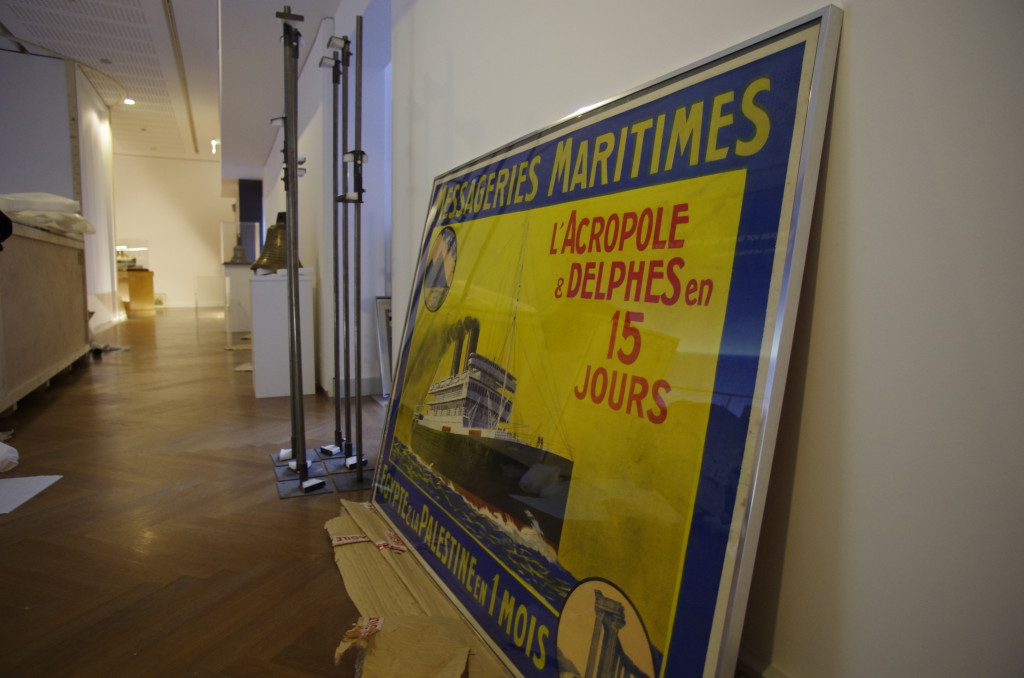
Preparing a Poster during
an Exhibition Set-up
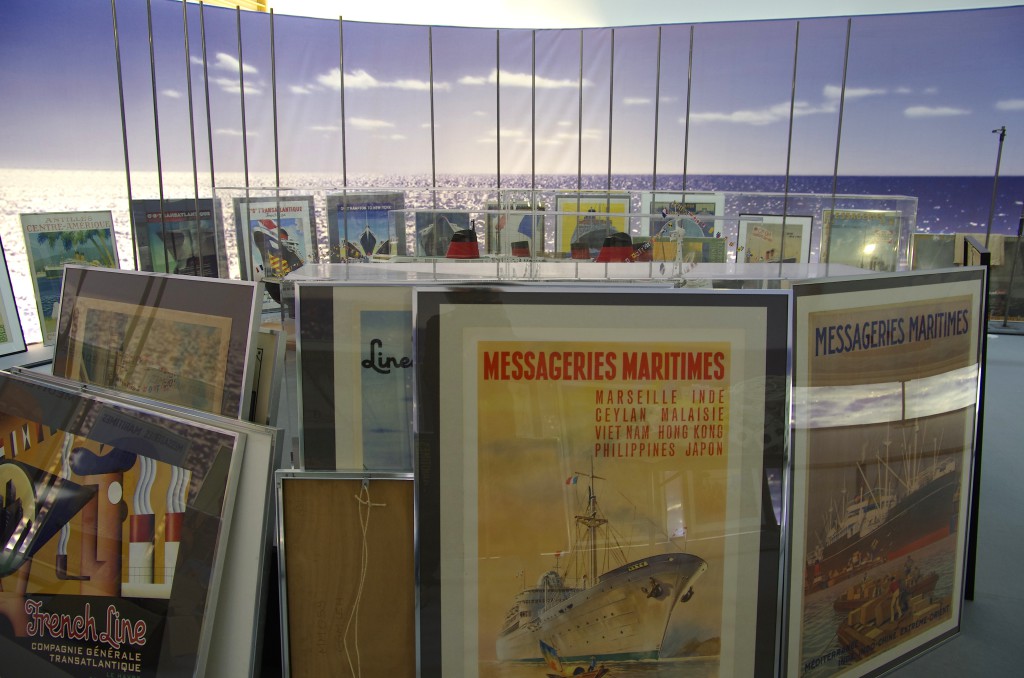
Setting Up the
“Legends of the Seas” Exhibition
(Evian–2013)
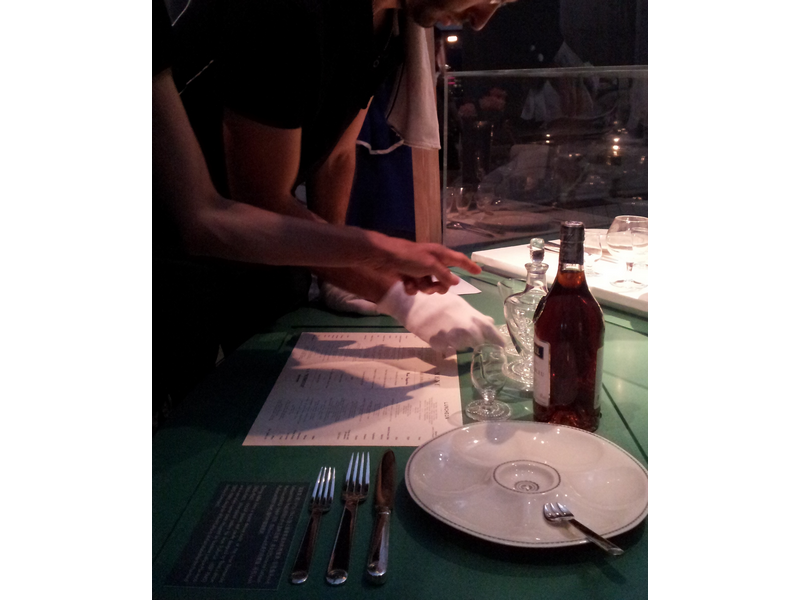
Preparing a Display Case
during an Exhibition Set-up
Each year, French Lines organizes the presentation of hundreds of artworks, objects and archives to the public, both within its exhibitions as well as items on loan to various cultural institutions in France and abroad. As part of these loans and temporary exhibitions, the collections manager and the registrar both follow up on files (drafting contracts and loan records, borrower negotiations, organization of transport and insurance) and manage the preparation of works (conducting condition reports with photographic images, packaging and packing into crates, etc.). The collections and exhibitions department also provides active support and participates in the operations involving the set-up and dismantling of various exhibitions.
The registrar and the collections manager carry out certain internal transportation, particularly for arranging the delivery of works to restoration workshops. They also assume the role as couriers for shipping carried out by external companies, therefore ensuring the constant presence of French Lines staff during all shipping activities.

Transport Preparation
for a Large-scale Model

Lifting a
Large-scale Model
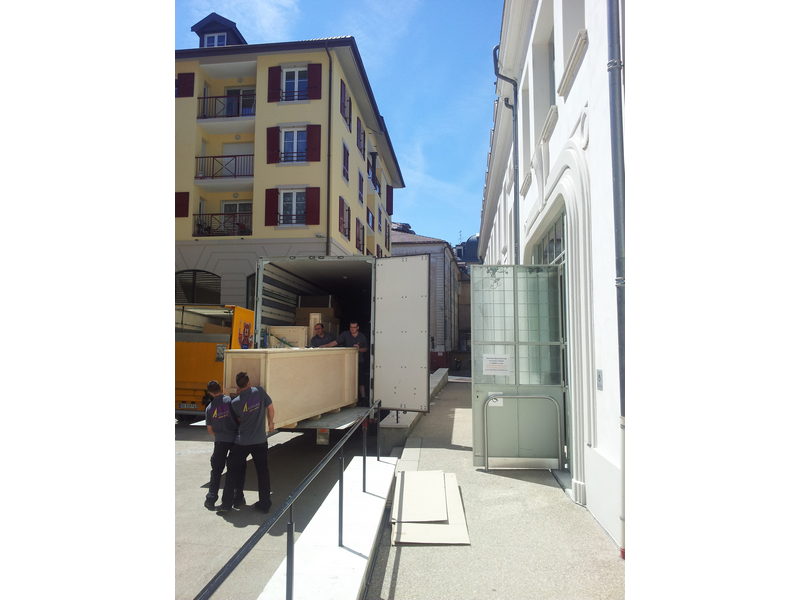
Unloading Crates for the
“Legends of the Seas” Exhibition
(Evian– 2013)
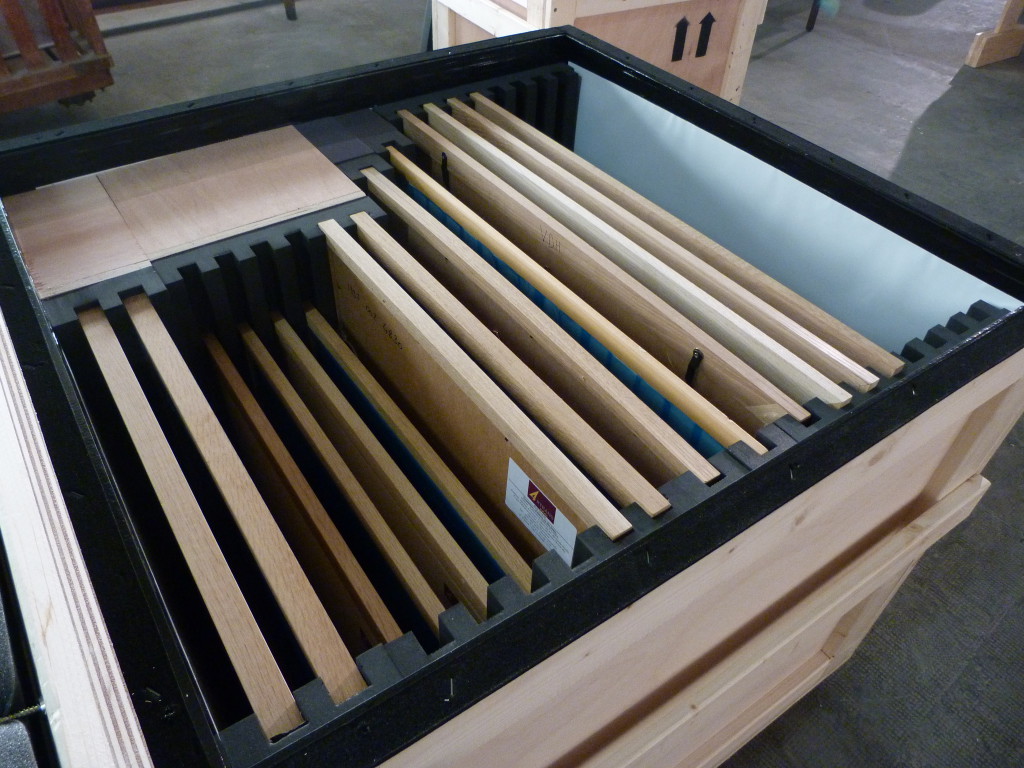
Packing Graphic
Works for Shipment

Loading French Lines Works
Destined for Hong Kong (2013)
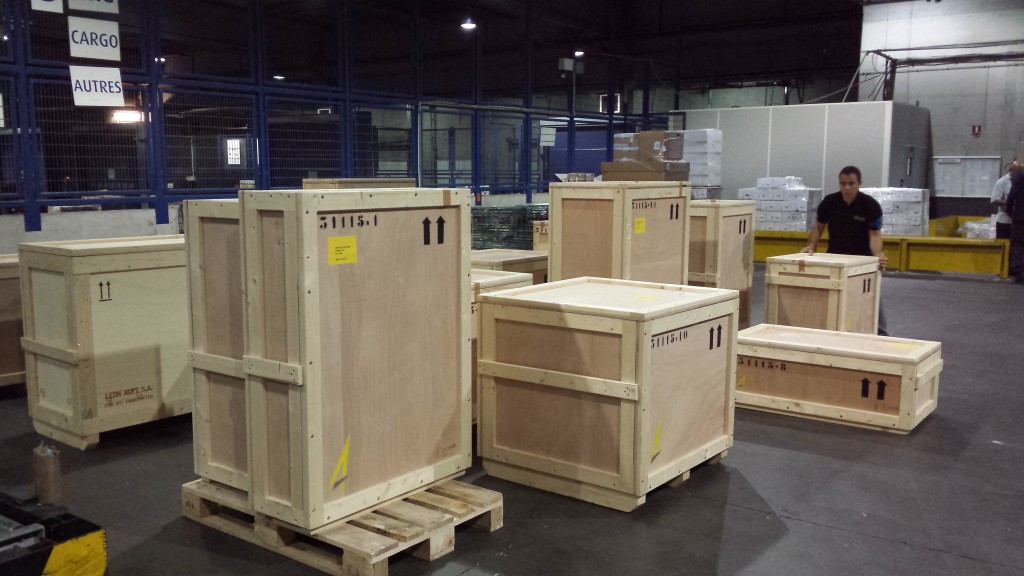
Shipment Preparation
in Cargo Terminal
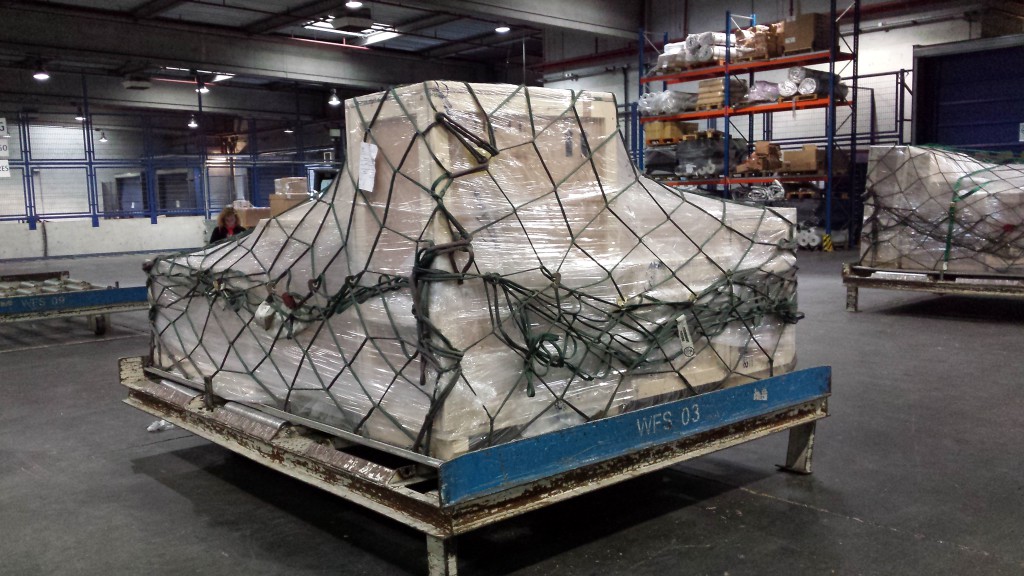
Placing Crates on
Pallets in Cargo Terminal
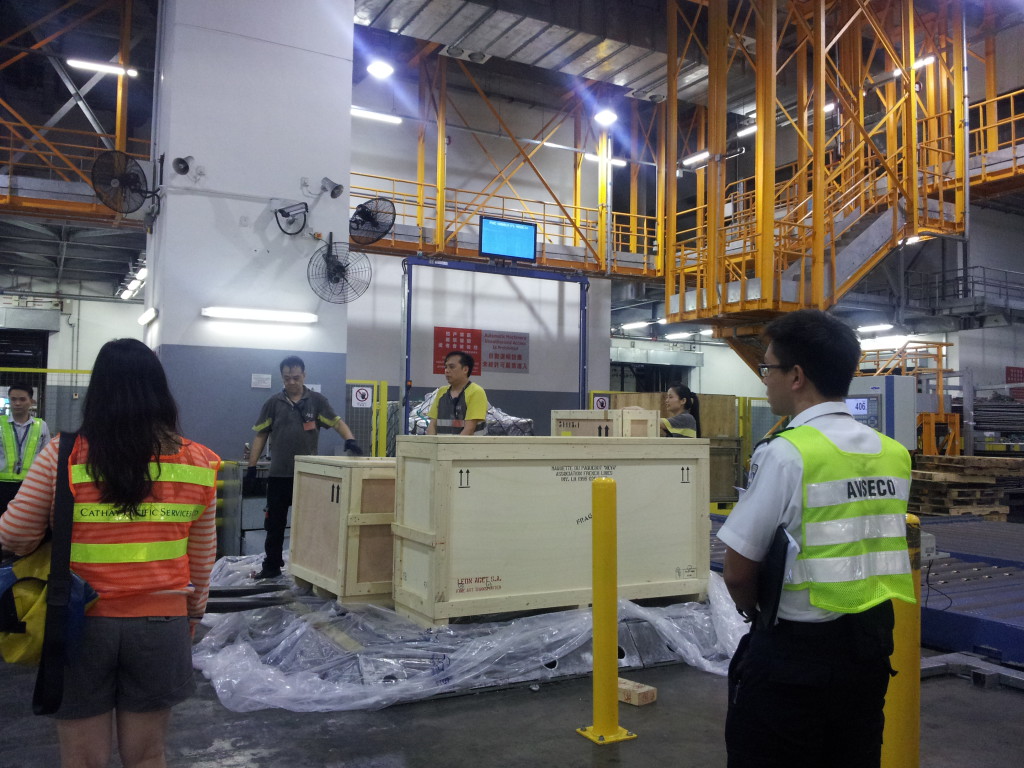
Supervising Unloading
in Cargo Terminal
(Hong Kong–2014)
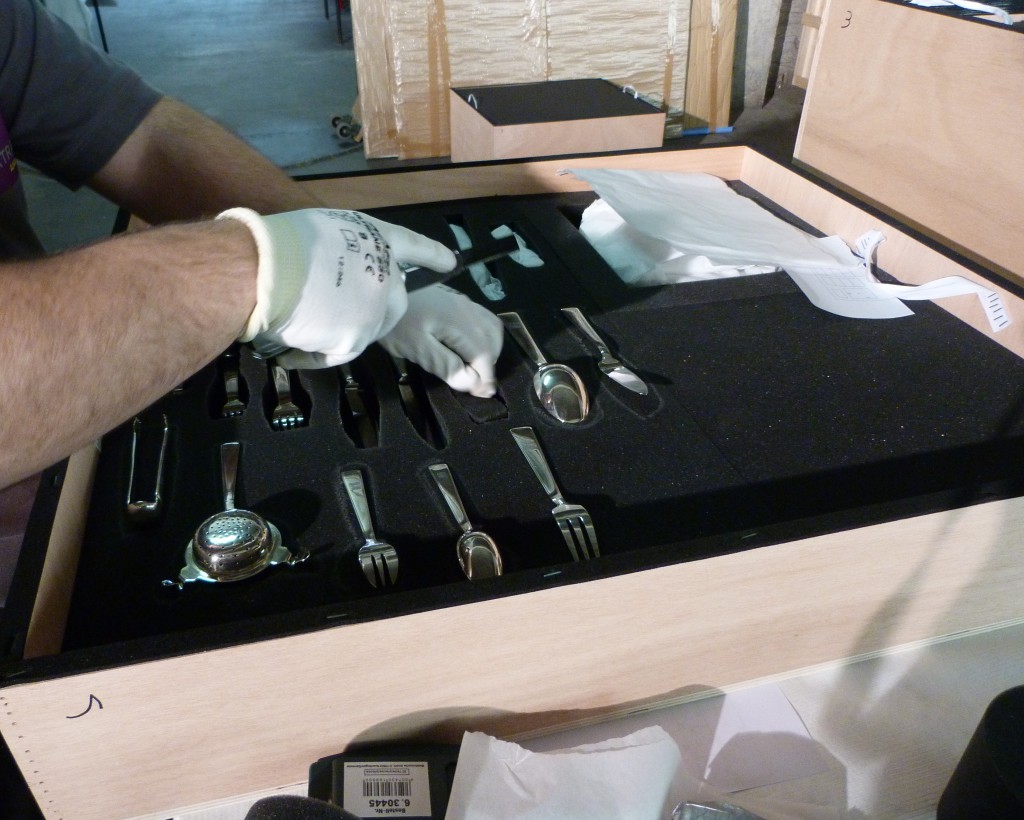
Packaging Pieces of
Silverware for Shipment
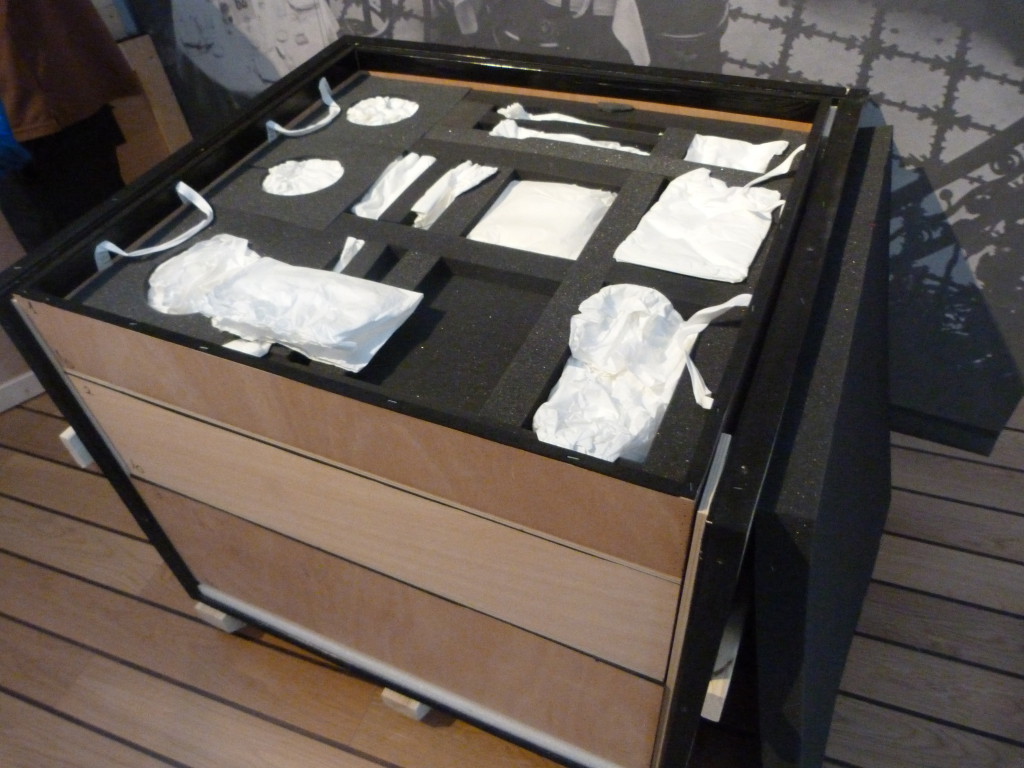
Placing Tableware Items
in Crates for Shipment
Collection Inventory
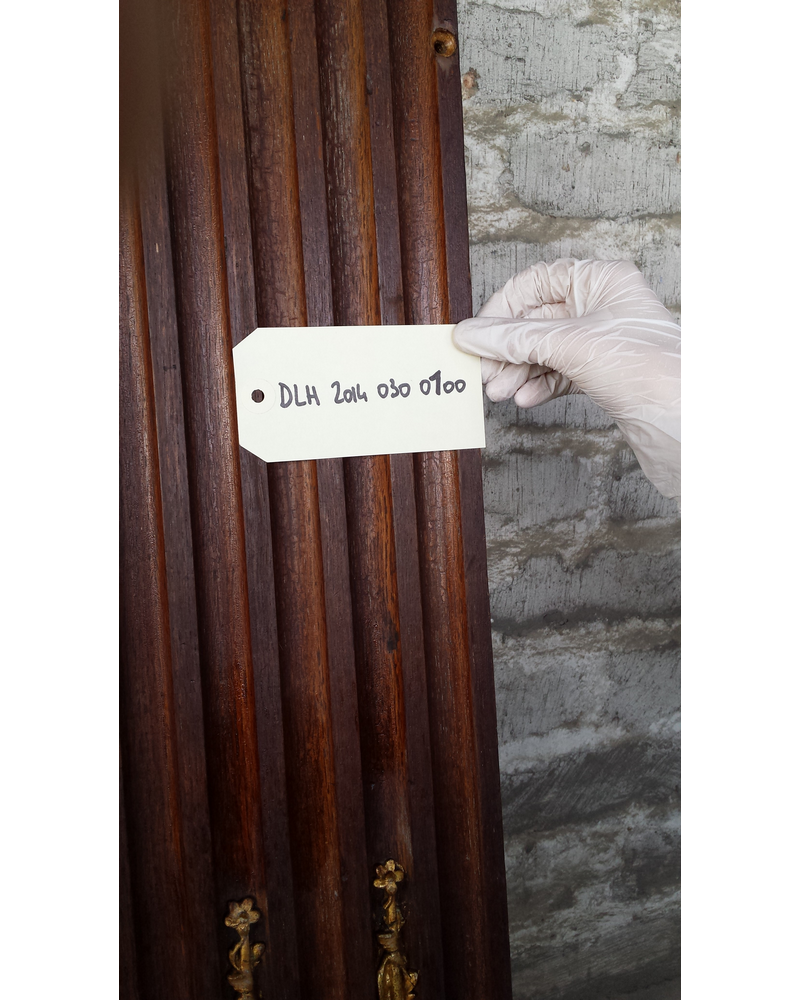
Marking Label
for Decorative Panel
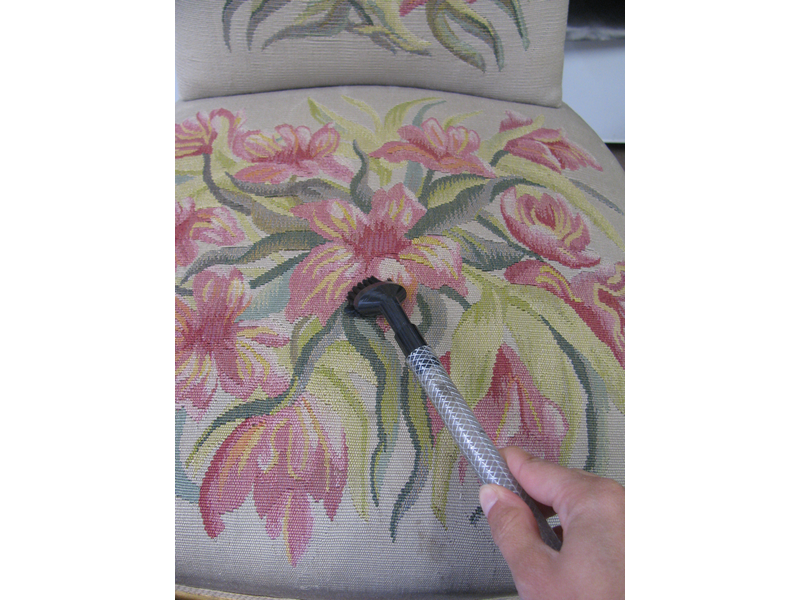
Dusting a Seat. © Émilie Enard
(CCI of Le Havre depot)
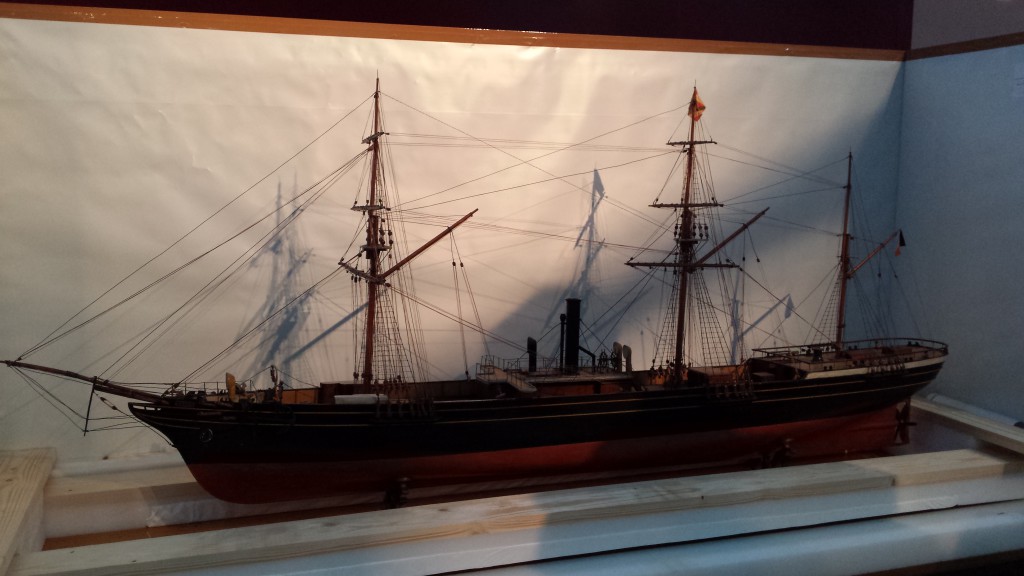
Messageries Model in its Crate
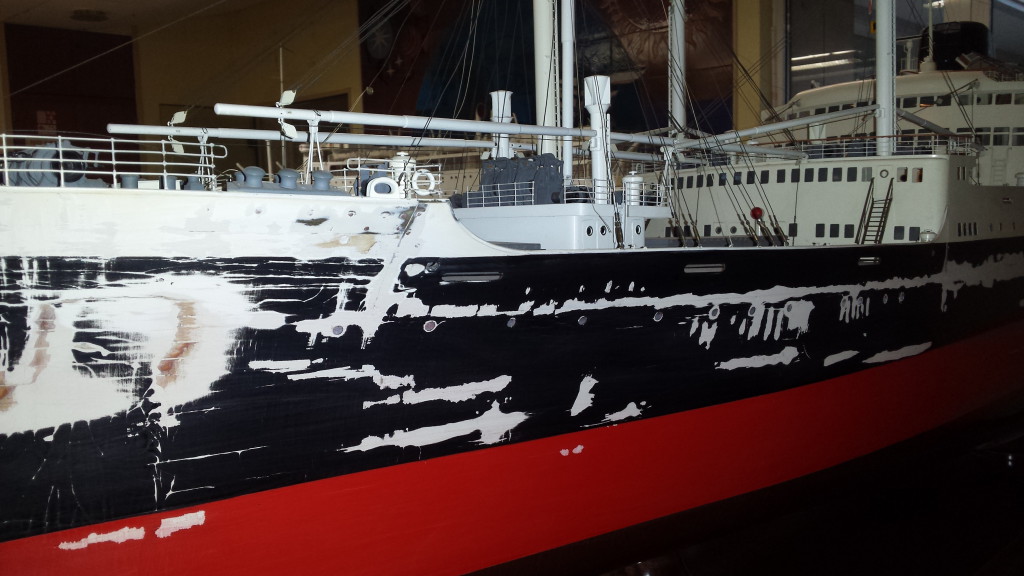
Messageries Model
during Restoration
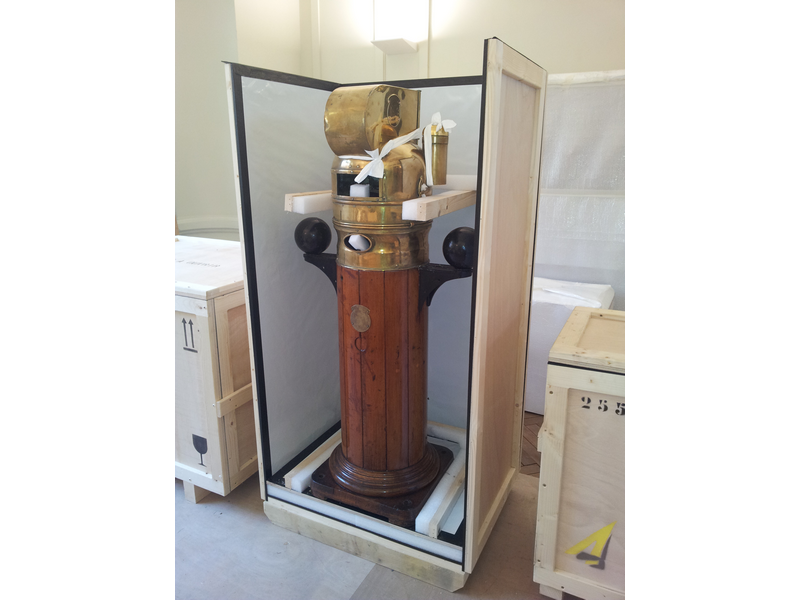
Storage of Navigational
Instrument in Crate
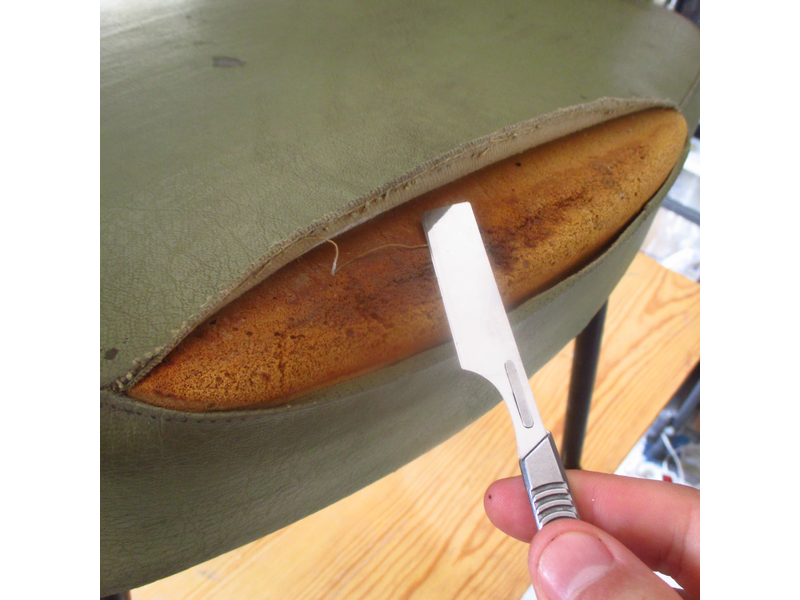
Examination of Seat before Restoration.
© François Duboisset
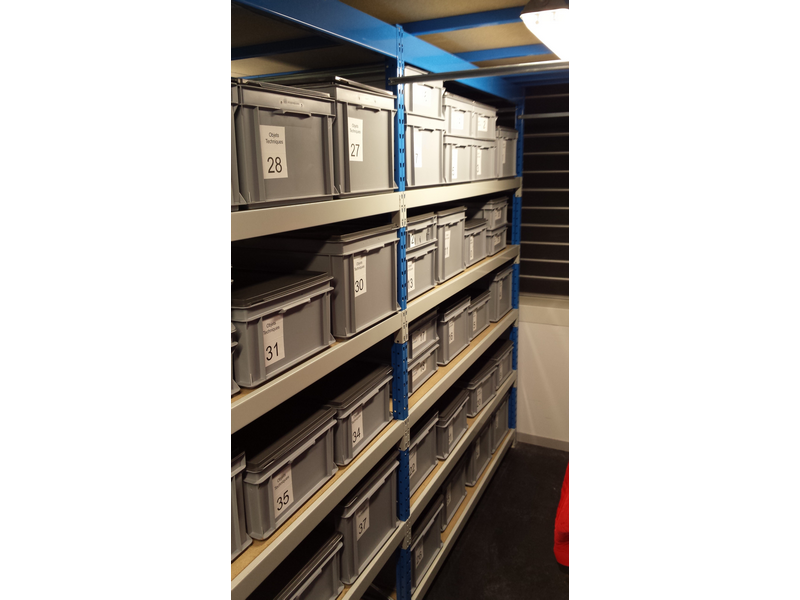
Shelves of Technical Objects
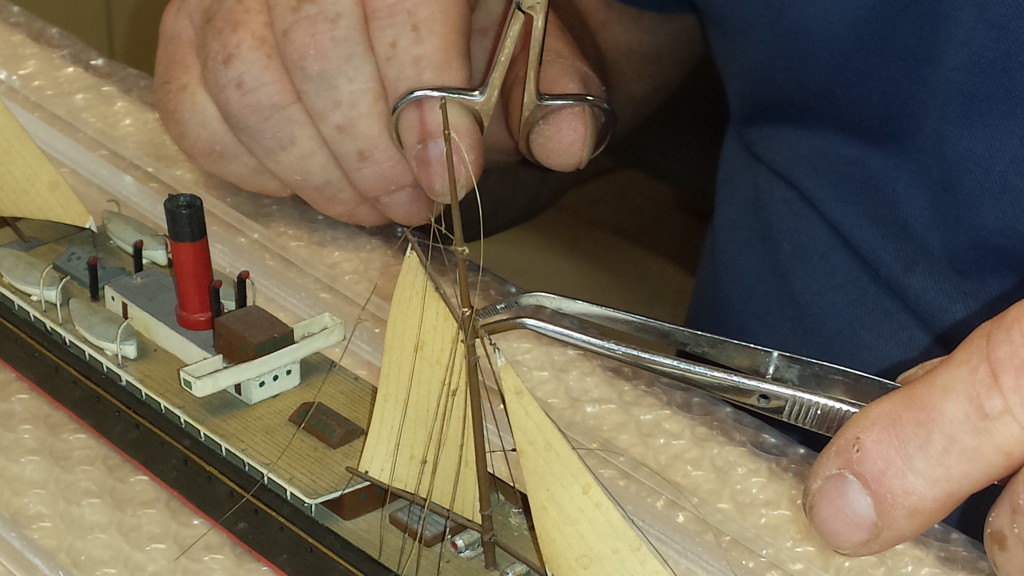
Restoration of a Small-scale
French Line Model
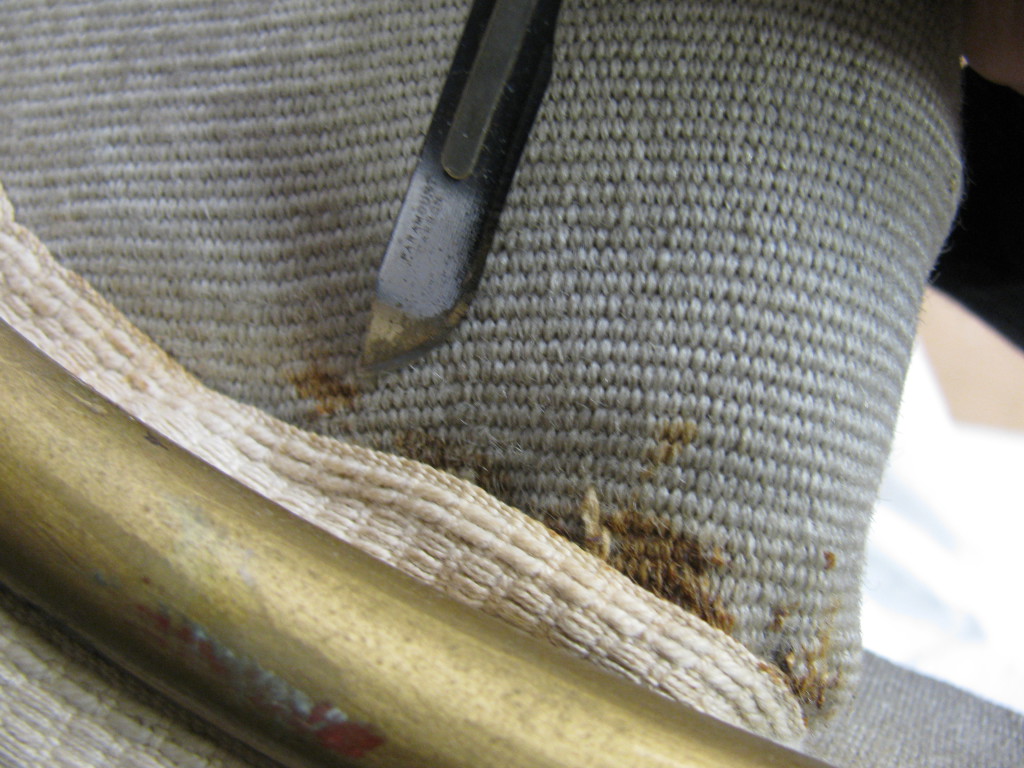
Examination of Seat before Restoration.
© Émilie Enard (CCI of Le Havre depot)
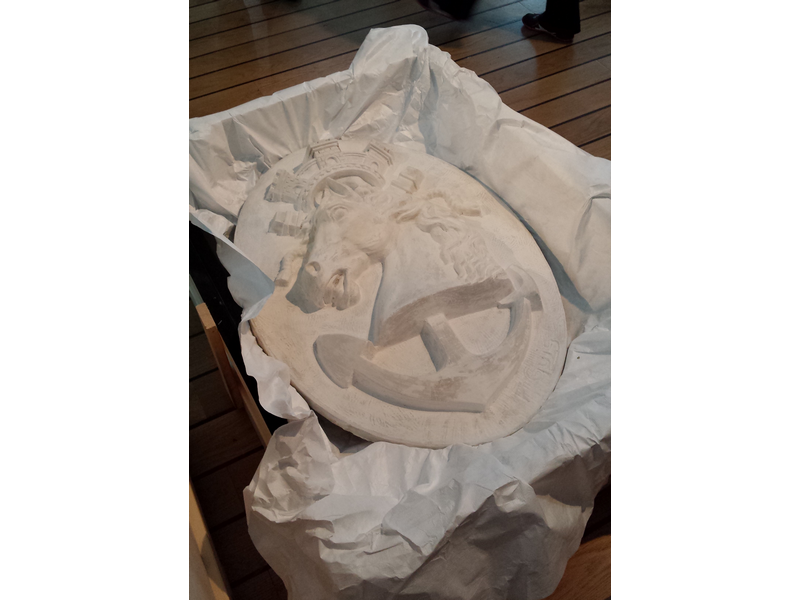
Packaging and Packing a Messageries
Sculpture into a Crate

Conservation Boxes at the
Storage Rooms in Le Havre
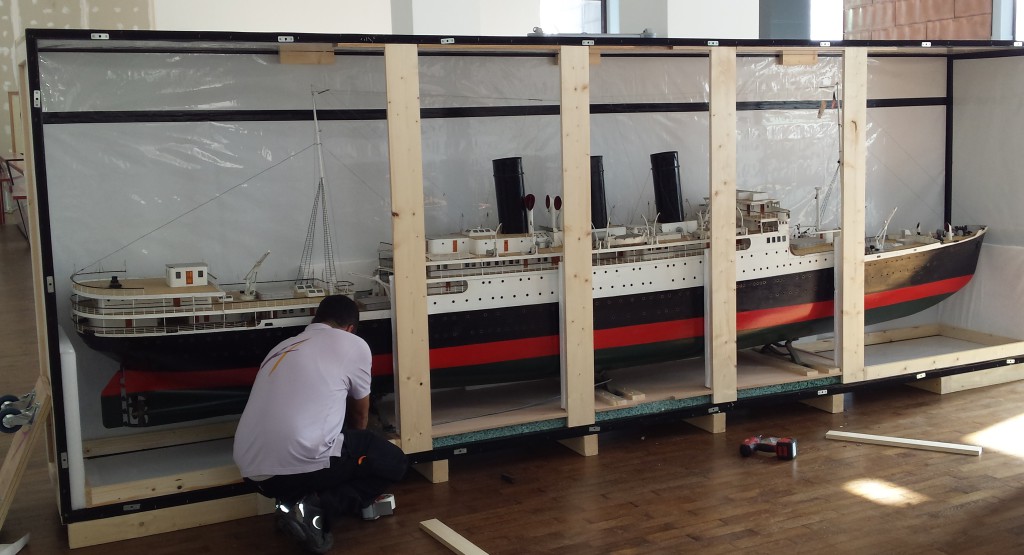
Packing a Large-scale
Model into a Crate
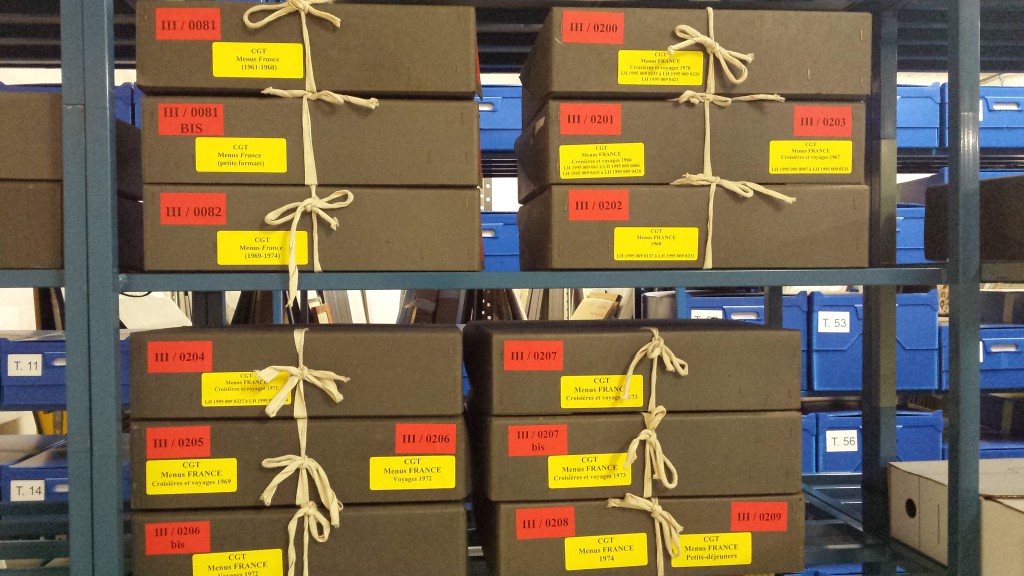
Packaging a Collection of Menus in
the Storage Rooms at Le Havre
The collections kept by French Lines are subject to systematic inclusion on an inventory register. Inventory work for new donations and acquisitions is continuously ensured by the management department, as well as for works and objects held by French Lines since its creation in 1995. The collection, estimated at about 32,000 pieces, is also subject to meticulous and constant inventory work that involves several key steps:
- Assessment of the sanitary condition of the object to ensure there is no mold or contamination from bugs. Extensive restoration or treatments may be scheduled if necessary.
- The object may be dusted using a microfiltered vacuum.
- Accurate recording of the object’s size and weight. This essential information is useful when preparing exhibitions, organizing transportation and planning possible restorative work.
- The inventory sheet for each object is entered in a database to facilitate the complete management of the collections. Each inventory sheet is supplemented with a fact sheet that includes a scientific description, documentation and monitoring during the object’s life cycle.
- Marking each object: to preserve the integrity of the collections and to facilitate their identification, an unique inventory number is printed on each object, generally using India ink.
- Photo campaign: a series of digital images is taken for each object as an accompanying illustration in the database and to document the condition of the collections.
- Repackaging and storage: each object is carefully repackaged at the end of these operations before being placed on a shelf or inside a cabinet, box or a compartment within the storage rooms.
Preventive Conservation
Preventive conservation is at the center of the management department’s work as it aims to slow down the process of object deterioration and ensure the sustainability of the heritage property that French Lines is in charge of by addressing their immediate surroundings.
Constant attention is paid to monitoring the climate (monitoring humidity and temperature) and brightness within the storage rooms. Scientists also take special care when dusting objects kept in the storage rooms, as dust promotes the development of micro-organisms. Light traps are installed in the most sensitive conservation areas in order to combat bug infestation.
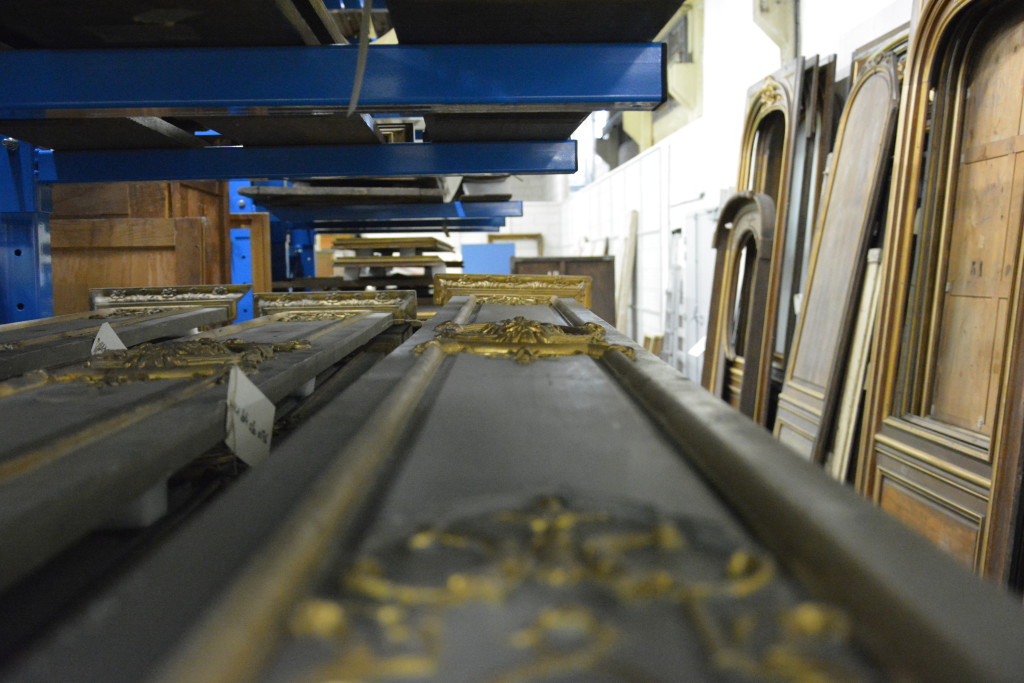
Decorative Woodwork at the
Storage Rooms in Le Havre
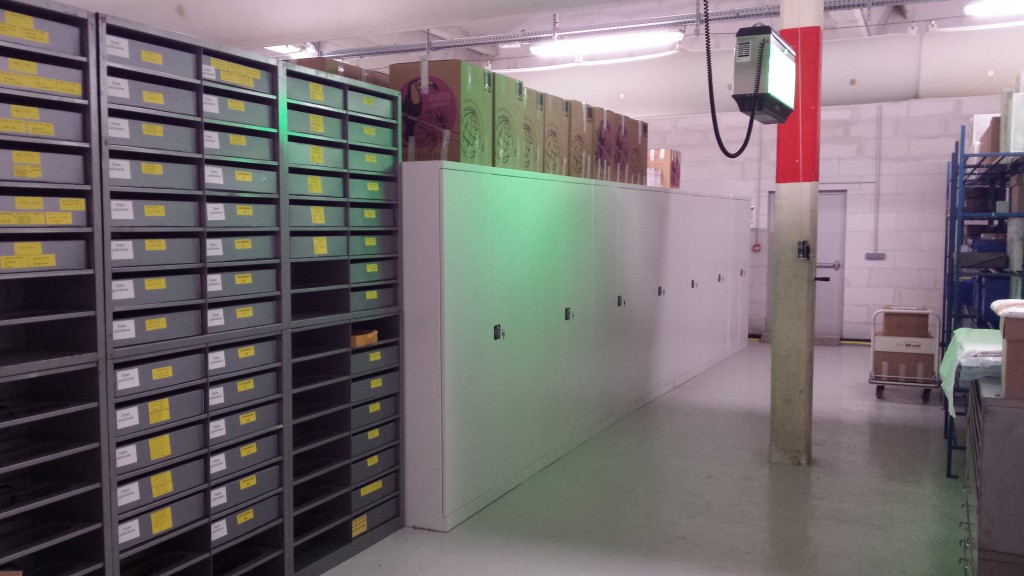
Cabinets and Storage Shelves at
the Storage Rooms in Le Havre
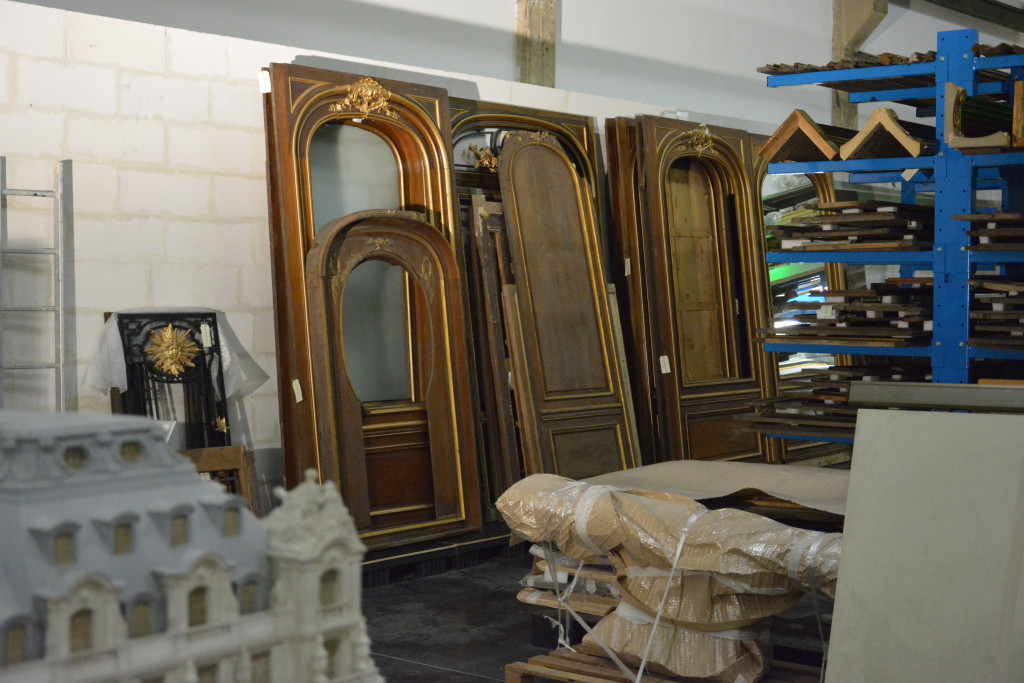
Le Havre Storage Room
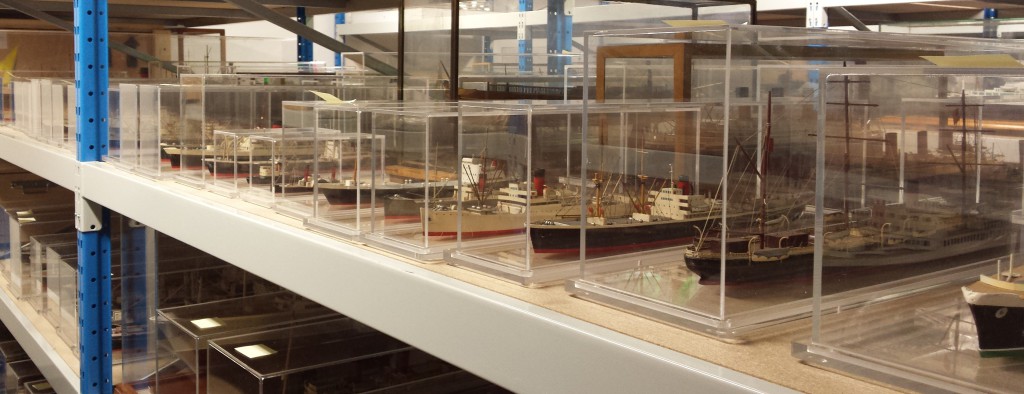
Collection of Models
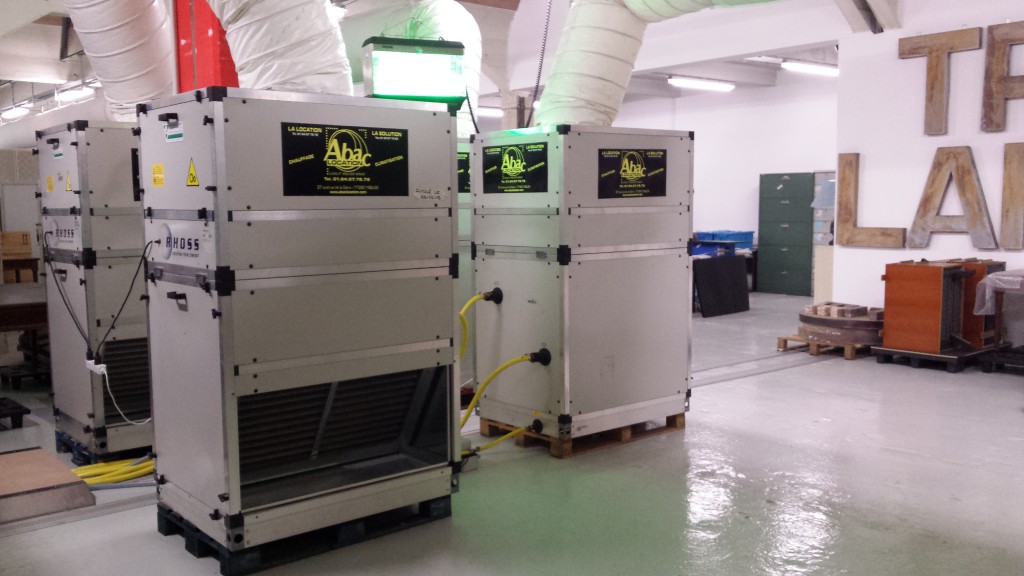
Air-handling Units at the
Storage Rooms in Le Havre
